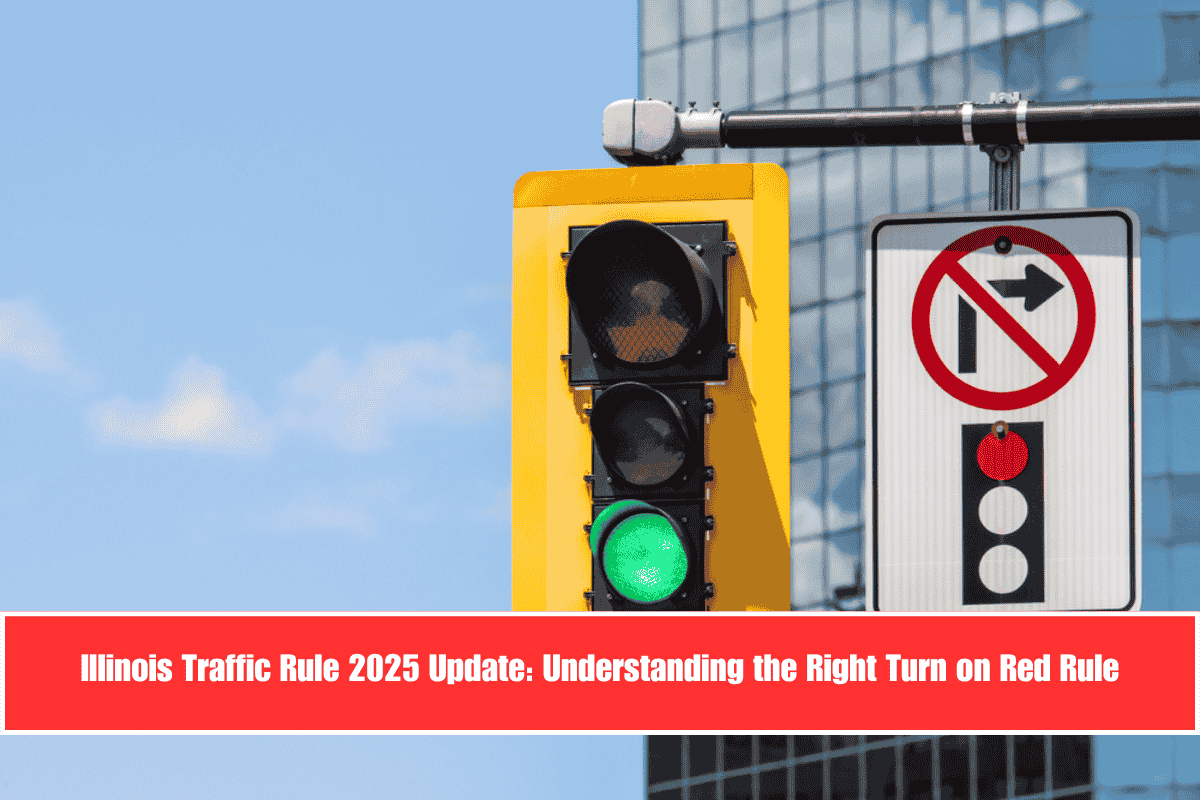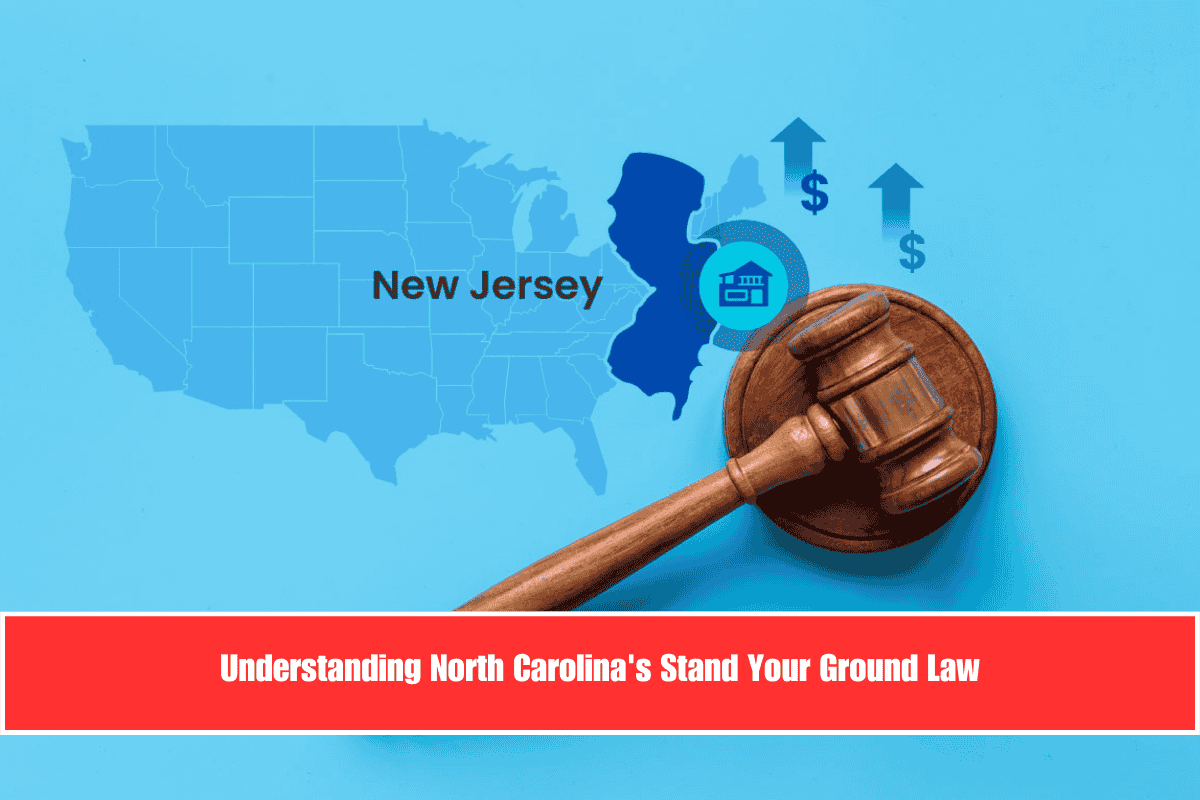This year, a significant shake-up is coming to the U.S. student loan and financial aid system, with new proposals aimed at reducing the financial burden on taxpayers. The House and Education Workforce Committee Republicans have confirmed their plans to limit borrowing, change repayment options, and support President Donald Trump’s tax cuts, according to CNBC. These changes could have a major impact on American students, their families, and the future of education costs.
Proposed Changes to Borrowing Limits and Repayment Plans
The Republicans’ proposal includes setting new borrowing limits for federal student loans. Starting July 1, 2026, federal student loan borrowers will be limited to borrowing $50,000. Graduate students, however, would have a higher borrowing cap of $100,000. The idea behind this is to reduce the total student loan debt, which currently stands at an enormous $1.74 trillion, according to Lending Tree.
Additionally, the proposal aims to reduce the number of income-driven repayment (IDR) plans from four to just one. Currently, there are four options to help borrowers manage their monthly payments: Saving on a Valuable Education (SAVE), Pay As You Earn (PAYE), Income-Based Repayment (IBR), and Income-Contingent Repayment (ICR). These plans adjust payments based on the borrower’s income, family size, and other factors. There are currently about 12 million Americans enrolled in these plans, according to higher education expert Mark Kantrowitz.
Key Reductions and Eliminations
Under the new proposal, some important changes would be made to the federal student loan system. The unemployment deferment and economic hardship deferment programs would be eliminated for loans taken out after July 2025. These programs currently allow borrowers facing financial difficulties to delay their loan payments without negative consequences.
Moreover, the GOP proposal includes changes to the federal Pell Grant program, which provides financial aid to low-income students. Currently, the Pell Grant requires students to be enrolled in at least 12 hours per semester, but under the new plan, the enrollment requirement would increase to 30 hours. This proposal also aims to expand Pell Grants to students enrolled in short-term workforce training programs, which could affect millions of students.
Criticism from Experts and Consumer Advocates
While the Republicans argue that these measures will help resolve the student loan crisis, experts like Mark Kantrowitz and Sameer Gadkaree, the president of The Institute for College Access & Success, have raised concerns. They argue that limiting borrowing and reducing repayment options might actually worsen the situation. According to Kantrowitz, the proposed changes could push borrowers toward private student loans, which often come with fewer protections compared to federal loans.
Gadkaree expressed concern that these changes would severely restrict access to higher education, especially for students from lower-income families. He believes that slashing financial aid programs and eliminating consumer protections would make it harder for students to afford college and manage their loan repayments.
Impact on Pell Grants and Access to Education
The proposed increase in the Pell Grant’s enrollment requirement to 30 hours per semester would make it harder for some students to qualify for this important source of financial aid. Pell Grants currently provide essential support to millions of low-income students, with the maximum award for the 2025-2026 academic year set to be $7,395. By raising the enrollment requirement and focusing more on workforce training programs, some critics worry that the change would further limit access to higher education, particularly for students already struggling financially.
What’s at Stake for Borrowers and Students?
For millions of students and borrowers, the proposal has major implications. As the U.S. faces a student loan crisis with nearly $1.74 trillion in outstanding debt, these new policies aim to address rising costs and borrowing limits. However, many fear that these changes might do more harm than good, especially for lower-income students who rely on Pell Grants and other financial aid. With the potential for increased student loan debt and fewer protections for borrowers, the road ahead may become even more challenging for those hoping to earn a degree without accumulating massive amounts of debt.
The proposed changes to the U.S. student loan and financial aid system represent a major shift in how the government plans to address the growing student debt crisis. While the Republican proposal seeks to reduce borrowing limits and streamline repayment options, critics argue that it could worsen the affordability crisis, particularly for lower-income students. As these changes are debated, it’s important for students and borrowers to stay informed about how these potential reforms could impact their future education and financial stability.














